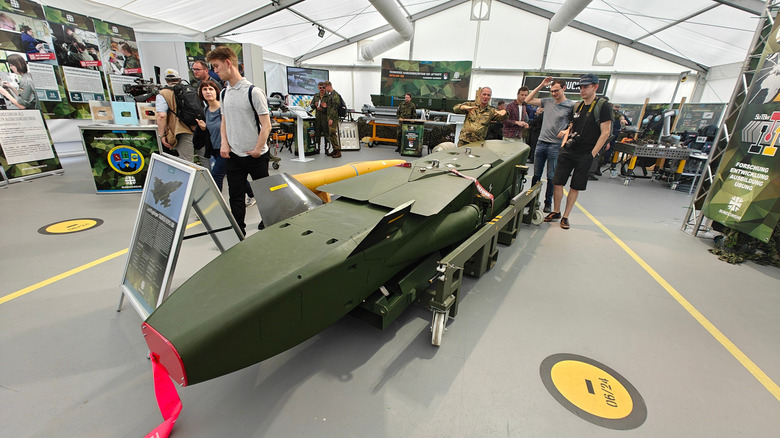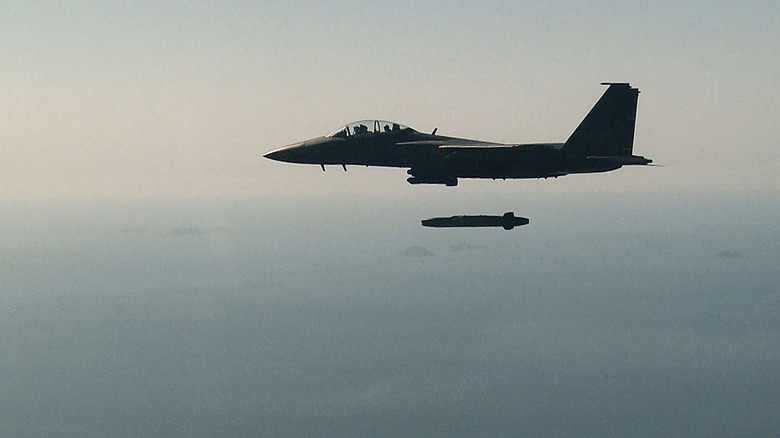How Much Do Taurus Missiles Cost & How They Work
The Taurus KEPD 350 isn't just one of Europe's most capable long-range missiles, it's also one of its most costly. Designed by Taurus Systems GmbH, a joint venture between Germany's MBDA and Sweden's Saab Dynamics, the missile has garnered attention not only for its strategic reach but also its price tag. Depending on the batch size and configuration, the Taurus costs between €950,000 and €1.2 million per unit (between around $1.1 million and $1.4 million), though infrastructure and platform integration costs can push total procurement costs even higher. Germany recently unveiled a €2.1 billion (around $2.5 billion) plan to purchase 600 advanced Taurus Neo units, with the first deliveries planned for 2029, underscoring the budgetary weight of replenishing modern arsenals.
At its core, the Taurus is an air-launched cruise missile built for precision deep-strike missions. It can fly for up to nearly 311 miles and just before impact, it climbs sharply and dives vertically onto its target, maximizing its kinetic effect for increased damage.
Inside the Taurus KEPD 350's design
What elevates the Taurus missile beyond a typical cruise missile is the intricate layering of technology built to ensure both survivability and precision. Internally, it combines four independent navigation methods: inertial, Global Positioning System (GPS), terrain-referenced (TRN), and image-based targeting, all fused together through a sophisticated mission planning system. This integration allows the missile to calculate flight paths that weave through valleys, avoid radar detection, and approach targets from tactically advantageous angles, even without satellite access. Unlike older missiles, the Taurus isn't just launched and forgotten; it's pre-programmed to think its way to the target.
Its subsonic speed (different from supersonic and hypersonic flight), which sits in the Mach 0.8 to Mach 0.9 range, might not turn heads on paper, but when paired with its ultra-low altitude flight (as low as 115 feet above ground), it becomes exceptionally difficult to intercept. This flight profile lets it blend into the terrain, staying hidden from even modern air defense systems until the final seconds.
All of this is paired with a dual-stage 1,058-pound MEPHISTO (multi-effect penetrator, highly sophisticated and target optimized) warhead, capable of penetrating reinforced bunkers. The missile doesn't just detonate on contact; it senses its resistance layer by layer and detonates only once it has breached key fortifications and reached the optimal depth inside. For militaries seeking a standoff weapon with a high kill probability, the Taurus delivers both power and precision.
How the Taurus missile is shaping modern warfare
In today's landscape of standoff warfare and contested airspace, the Taurus KEPD 350 is a strategic asset. With its ability to dismantle hardened infrastructure from hundreds of miles away, it fills a critical capability gap for nations seeking to strike deep without risking pilots or expensive aircraft in hostile skies. A number of countries have integrated Taurus into their fleets, tailoring it for craft like the F-15K Slam Eagle, also known as a legend of the skies and EF-18 Hornet, one of the most fearsome fighter jets ever built. For South Korea, it serves as a vital deterrence strategy. It's Germany's only operational standoff cruise missile, and the backbone of future precision strike doctrine. Spain has also incorporated the missile into its arsenal.
However, Ukraine's interest in the system is what's brought Taurus into geopolitical focus. The Ukrainian government sees it as the only missile in Western stockpiles capable of reliably striking deep into fortified Russian positions and hitting key targets such as the Kerch Bridge. Yet, political reluctance by Germany, driven by fears of escalation and being involved in the war directly, has delayed its delivery. This hesitation hints towards the missile's real significance.
In modern conflict zones, where battle lines are fluid and the ability to disrupt supply chains matter as much as holding ground, a stealthy missile that can quietly dismantle key infrastructure from afar is a weapon that's becoming increasingly hard to replace.


